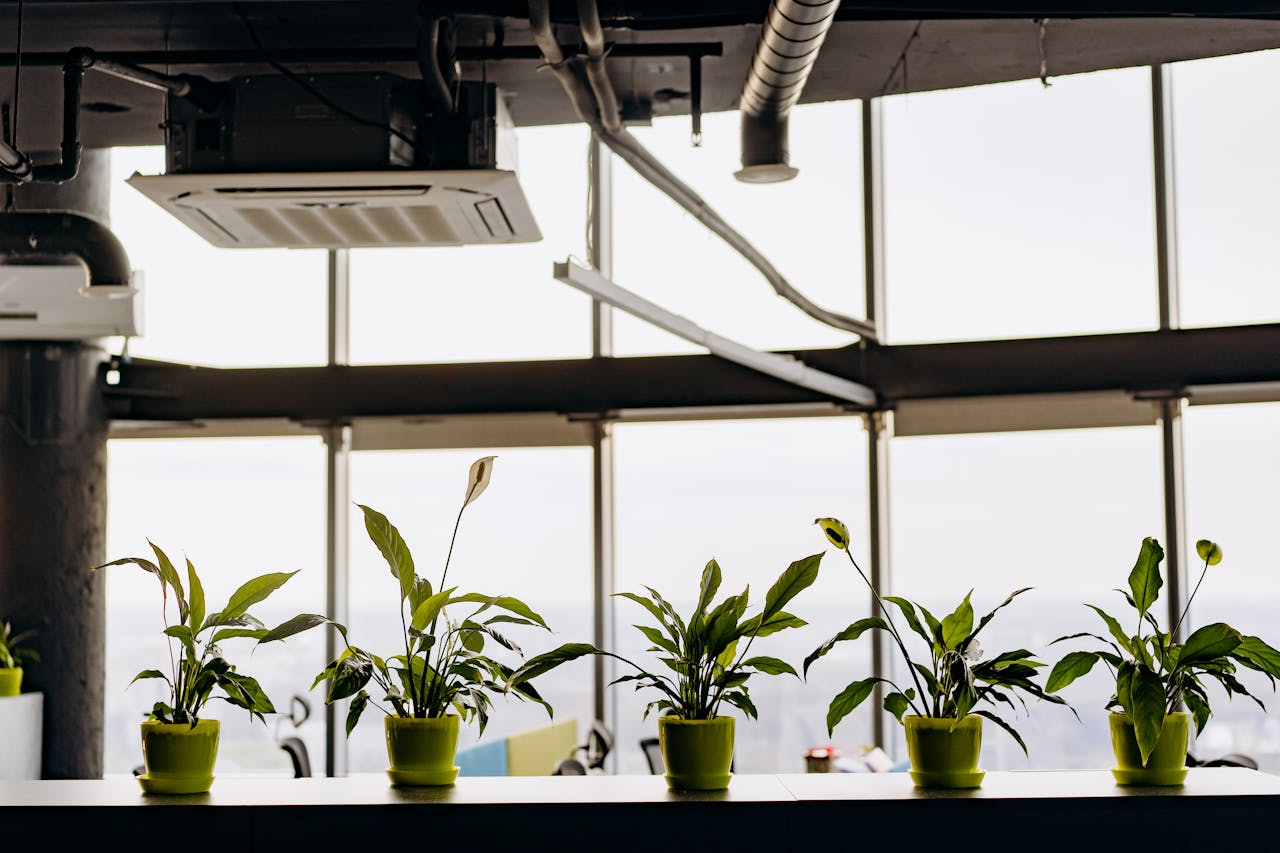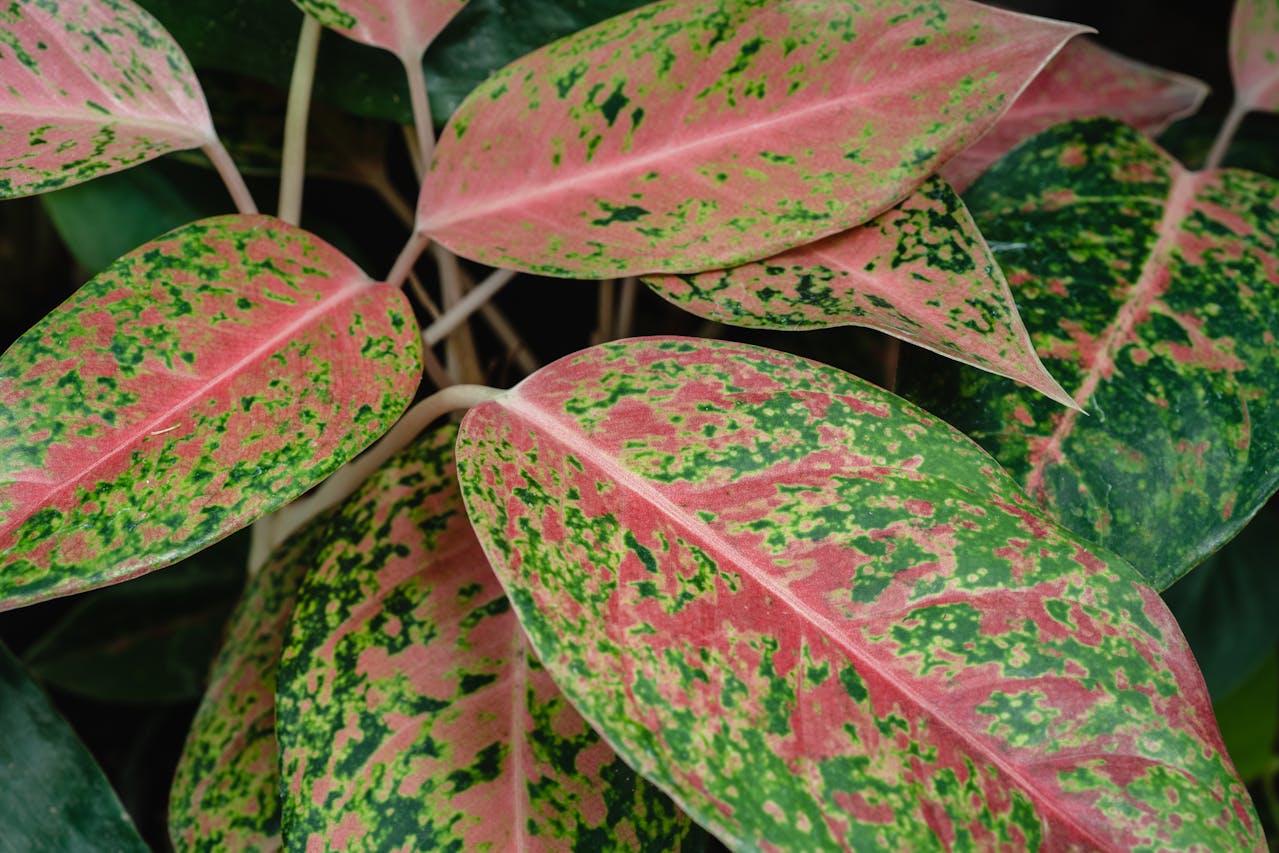Winter poses unique challenges for indoor plant care. The reduced sunlight, lower humidity, and fluctuating temperatures can stress your beloved houseplants if not properly managed. Avoid these common mistakes to ensure your indoor garden thrives all season long.
1. Overwatering Your Plants

Mistake: One of the most common errors during winter is overwatering. With lower temperatures and reduced sunlight, plants require less water than in warmer months.
Solution: Allow the top inch of soil to dry out between waterings. Check moisture levels by sticking your finger into the soil. Ensure pots have proper drainage to prevent water from sitting at the bottom, which can lead to root rot.
Also Read- How To Use Indoor Plants To Create A Zen Space In Your Home
2. Ignoring Light Requirements

Mistake: Believing that indoor plants need the same amount of light year-round can weaken them. During winter, daylight hours are shorter, and natural light is less intense.
Solution: Move your plants to brighter spots near windows or use artificial grow lights to supplement natural light. Rotate plants regularly to ensure all sides receive adequate light exposure, promoting even growth.
Also Read- 5 Easiest Indoor Plants To Maintain With Minimal Attention
3. Neglecting Humidity Levels

Mistake: Indoor heating systems can create dry air, which is detrimental to many houseplants that thrive in higher humidity environments.
Solution: Increase humidity by placing plants on trays filled with water and pebbles, using a humidifier, or grouping plants together to create a microenvironment. Regularly misting the leaves can also help maintain moisture levels.
Also Read- How To Use Indoor Plants For Aromatherapy: Health Benefits Of Natural Scents
4. Using Cold Drafts or Heat Sources
Mistake: Placing plants near cold drafts from windows or against warm heaters can cause temperature stress, leading to wilting and leaf damage.
Solution: Position your plants away from drafty areas and direct heat sources. Maintain a consistent temperature between 60°F to 75°F (15°C to 24°C) to keep plants comfortable and healthy.
5. Skipping Fertilization
Mistake: Reducing or stopping fertilizer during winter can deprive plants of essential nutrients, hindering their growth and resilience.
Solution: Continue to feed your plants with a balanced, water-soluble fertilizer every 6-8 weeks during the growing season. However, reduce the frequency and amount during the dormant winter months to prevent nutrient buildup and potential root damage.
Also Read- The Role of Humidity In Indoor Plant Growth and Health
6. Not Cleaning Dust Off Leaves

Mistake: Accumulated dust on plant leaves can block sunlight and hinder photosynthesis, weakening your plants over time.
Solution: Gently wipe the leaves with a damp cloth or give your plants a lukewarm shower to remove dust. This not only improves light absorption but also helps prevent pests that thrive in dusty environments.
7. Ignoring Signs of Pests
Mistake: Pests like spider mites and aphids can become more prevalent in dry winter air, causing significant damage to indoor plants.
Solution: Regularly inspect your plants for signs of pests, such as sticky residue, discoloration, or tiny insects. Treat infestations promptly with natural remedies like neem oil or insecticidal soap to keep your plants healthy.
8. Using Improper Potting Soil

Mistake: Winter conditions can alter the moisture retention of potting soil. Using the wrong type of soil can lead to overwatering or insufficient drainage.
Solution: Choose well-draining potting mixes appropriate for your specific plant types. Consider adding perlite or vermiculite to improve drainage and prevent soil compaction, ensuring roots remain healthy and oxygenated.
9. Failing to Repot When Necessary
Mistake: Plants can become root-bound over time, limiting their growth and access to nutrients. Winter is often overlooked as a time to repot.
Solution: Check if your plants are outgrowing their pots by gently lifting them to see if roots are circling the bottom. If so, repot into a slightly larger container with fresh potting soil to encourage healthy growth.
10. Neglecting to Adjust Care Routines
Mistake: Continuing summer care routines during winter can stress plants due to the drastic change in environmental conditions.
Solution: Adapt your care routine to match the season. This includes adjusting watering schedules, reducing fertilizer applications, and modifying lighting and humidity levels to meet the winter needs of your indoor plants.
Conclusion
Caring for indoor plants during winter requires attentiveness and adjustments to their usual care routines. By avoiding these common mistakes—overwatering, neglecting light and humidity, exposing plants to extreme temperatures, skipping fertilization, and more—you can ensure your indoor garden remains lush and healthy throughout the colder months. With a bit of extra care and attention, your houseplants will thrive, bringing beauty and vitality to your home all year round.













Leave a comment
This site is protected by hCaptcha and the hCaptcha Privacy Policy and Terms of Service apply.